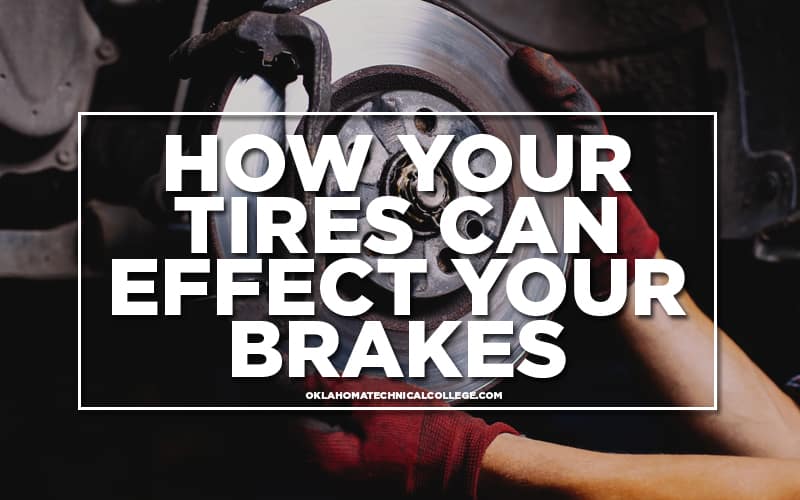Tires and Brakes
Rarely do we think of our tires when we are focusing on our vehicle’s braking system. However, there is a direct correlation to tires and braking effectiveness.
The price for new tires these days can be very high, so consumers sometimes opt for replacing the two worst tires and running a little while longer on the remaining two marginal tires. When this happens, a choice must be made of where to position the new tires and where to position the marginal ones.
If you say put the new ones on the front and the junk ones on the back you are not alone with this idea. This has been a common thought for many years, but it can cause a dangerous situation when the vehicle is placed in an emergency condition.
Front wheel drive cars – which most are these days – do about 80% of their braking with the front wheels and only 20% with the rear wheels. This is because as we put the vehicle in a panic stop situation, the weight of the car shifts forward. This motion compresses the front tires against the street and lifts the rear of the vehicle, which reduces the compression of the rear tires from the street. With marginal tires on the rear, a panic stop often results in loss of braking traction on the rear and the back of the car skids around in front of you.
This sounds like a pretty cool trick if you were trying to be a stunt driver, but for the average driver, this loss of control can result in a racing heart rate, or even worse: a collision.
There are other problems that can result from driving on two new tires and two old ones, so replace them as a set of four if you can. If only two are in the budget, put the new ones on the rear.
By: Bill Martin
More on Automotive Technology:








